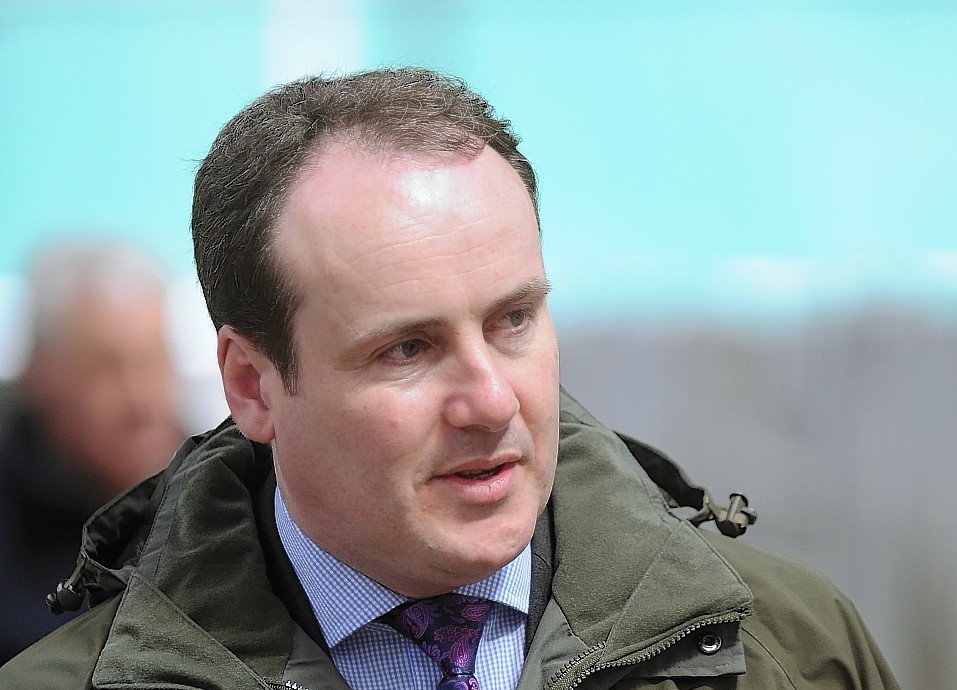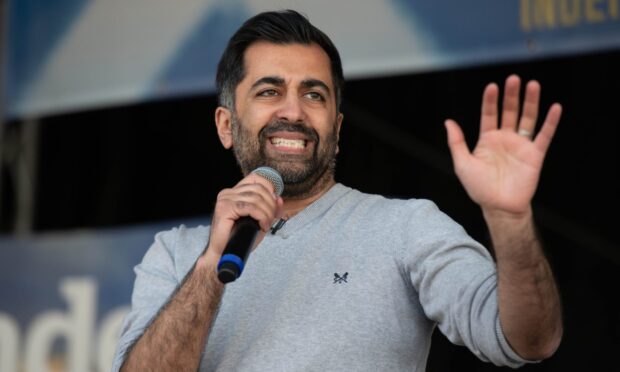In recent years, Scotland has been building a reputation as world-leaders in renewable energy production.
The Scottish Government’s adoption of policies to build clean, green energy technologies and infrastructure was a bold step, but the fact we are not only meeting our targets, but exceeding them, shows it was the right thing to do.
However, we can’t rest on our laurels. There is plenty left to do if we are to continue to reduce our reliance on fossil fuels, meet the proposed targets set in our Draft Energy Strategy to produce half of all heat, transport and electricity needs from renewable sources by 2030 and a largely decarbonised energy system by 2050.
Whilst we must rely on a range of technologies to deliver against these targets, onshore wind will be a key technology in the transition.
Onshore wind developments already produce enough electricity to power equivalent to 3 million households in Scotland, generating over £3.2 billion in turnover per year for Scotland’s economy.
Not only does onshore wind benefit the national economy, they also positively impact individual communities.
Communities around Scotland are now entering partnerships with wind farm developers and local landowners, an excellent example of this is Soirbheas which is a community charity that aims to strengthen and support the communities of Glen Urquhart and Strathglass who have partnered with Corrimony Energy to own a fifth of the wind farm.
This will generate an estimated £20m for the charity over 20 years.
Of course, alongside building an environmentally sustainable future for the next generation, we must manage our land positively and sympathetically.
It is unavoidable that transitioning to a low carbon economy will involve construction of new energy projects, including wind-farms, where appropriate.
However, our natural environment is one of Scotland’s most precious resources and all proposed developments are rightly subject to strict planning laws designed to protect our environment and those who live locally.
By seeking and listening to public opinion through consultations such as the draft Onshore Wind Policy Statement published last month, we will continue our commitment to achieving progress towards our vital climate change targets while ensuring projects are designed with due regard for Scotland’s world-class natural environment.










